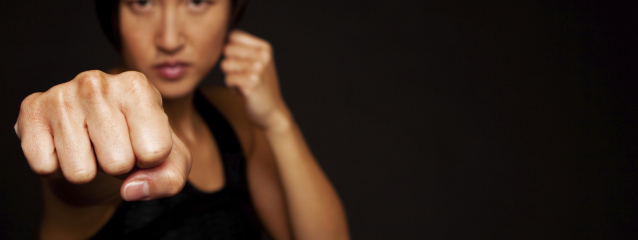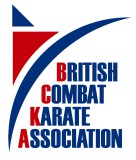
Introduction
I am going to lay out some changes that can be made to modern (or traditional, see below) karate training to enable you, or your students, to be better prepared for the physiological and psychological demands of real-world violence. My aim is to provide you with a series of drills that together form an adapted programme of karate training that will help develop the tactics, techniques, and mindset needed to prevent or survive a violent encounter while remaining recognisable your system of karate. Some of these adaptions are nothing more than changing how you think about or describe violence.
Terminology can be confusing. For the avoidance of doubt when I describe "traditional" karate I mean its original Okinawan form; "modern" means the type of karate developed from Funakoshi’s introduction of karate to Japan and "sport“ means the karate that we will see in the Olympics beginning in 2020.
To explore changes to modern karate training it is helpful to describe what it is! Unfortunately, there is no standard definition, and any generalisation will not represent the whole body of karate practice. With this caveat in mind, for the purposes of this discussion I have defined modern karate training as follows:
Modern karate takes place in a dojo which is usually a hall, gym or similar environment. Training will consist of kihon (basic techniques), kata (solo drills of sequences of techniques) and, in some cases, kumite (free, semi-free, or structured sparring). Often there will be no connection between the three aspects of training particularly for sport focused clubs as kata and kumite are independent disciplines. If included in the syllabus, free sparring is usually one-on-one and may be no contact, light contact or full contact, albeit with restrictions on the target areas (no strikes to the eyes, throat, groin, knees). There will be little or no ground work, grappling, anti-grappling, throwing, locks or escapes. In addition, there may be a philosophical viewpoint attached to the purpose of training. For example, the student may be told that the purpose of training is to seek perfection, improve self-discipline or to achieve balance.
With the drills that follow, it is important that you understand them and are competent to perform them. If, for example, your training doesn't involve grappling today, then I suggest you get some training in grappling first. My drills can then be used to focus your grappling on preparing better for real-world violence.
Finally for complete clarity: everything here is written from the perspective that the student is not the instigator of the violent encounter. That is, while they may need to pre-empt or strike first, their intention is always to avoid violence if possible and escape at the first opportunity. This is not a guide to how to be a better instigator of violence.
